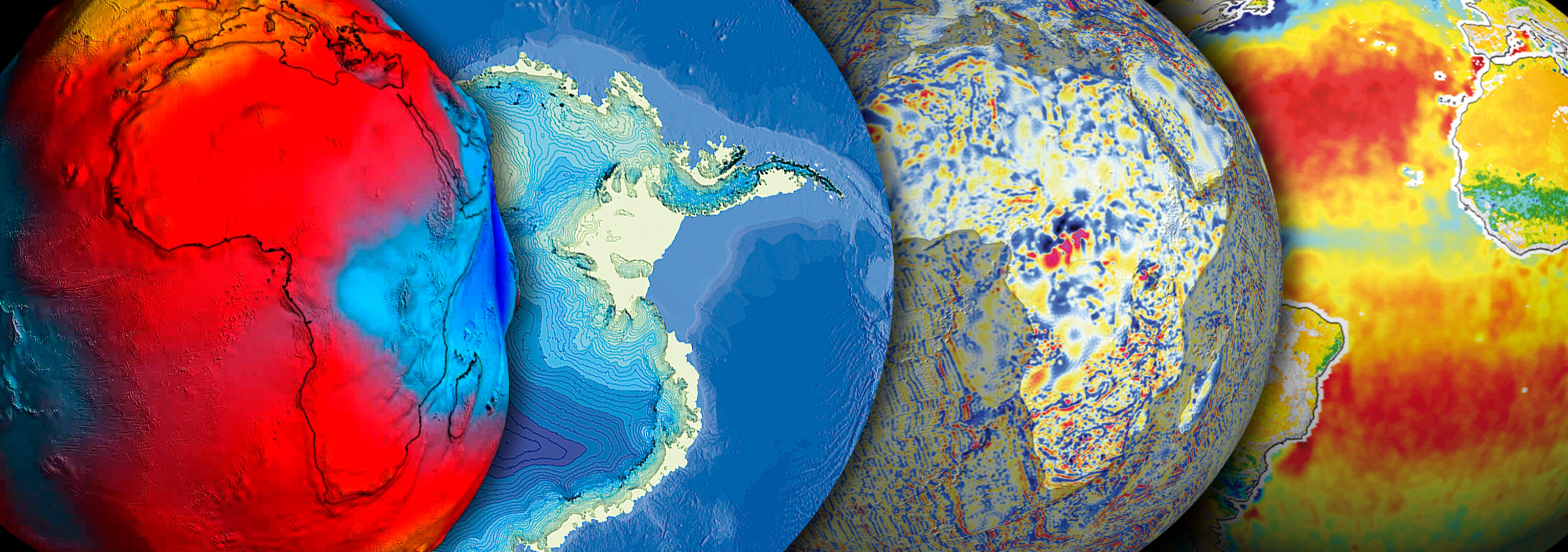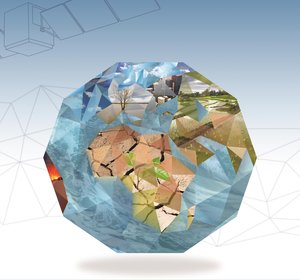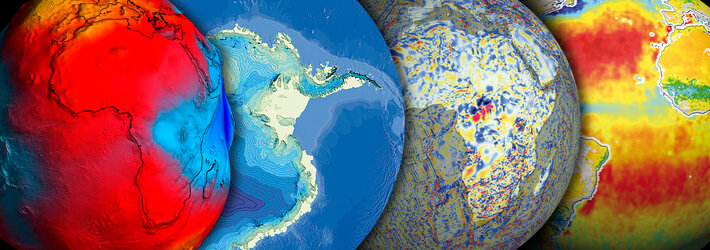Call for new Earth Explorer mission ideas
As part of ESA’s commitment to realise new satellite missions that advance our understanding of Earth, benefit society and demonstrate innovative space technologies, a call is now open for new Earth Explorer ideas.
Released today, the call invites scientists working in Earth observation to submit ideas for ESA’s 10th Earth Explorer mission.
Our planet works as a complex system that involves considerable natural variability, but human activity is taking its toll on many of these natural processes.
Traditionally, Earth Explorer missions are built in response to the needs of the scientific community in their quest to understand different aspects of the Earth system and the interactions that bind the system as a whole.
The main purpose of an Earth Explorer is to advance science and technology, and to address questions that have a direct bearing on societal issues that humankind will face in the coming decades such as the availability of food, water, energy and resources, health and climate change.

Offering new views of our dynamic Earth, ESA’s first four Earth Explorers – GOCE, SMOS, CryoSat and Swarm – have been hailed as remarkable successes. While they deliver on their promises, they have also surpassed expectations with a range of interesting and complementary results beyond their original goals. And their stories continue.
Aeolus will be the next Explorer to be launched, followed by EarthCARE, Biomass and FLEX and they too are expected to deliver beyond their original scope. Proposals for the ninth Explorer are being assessed.
ESA foresees the 10th Earth Explorer being launched in 2027–28. The procedure for submitting an initial idea for this future mission begins with a letter of intent, which must be received by 15 December 2017.
More information about the call and the mechanism to upload letters of intent can be found at ESA’s Earth Observation Proposal Upload System website.








